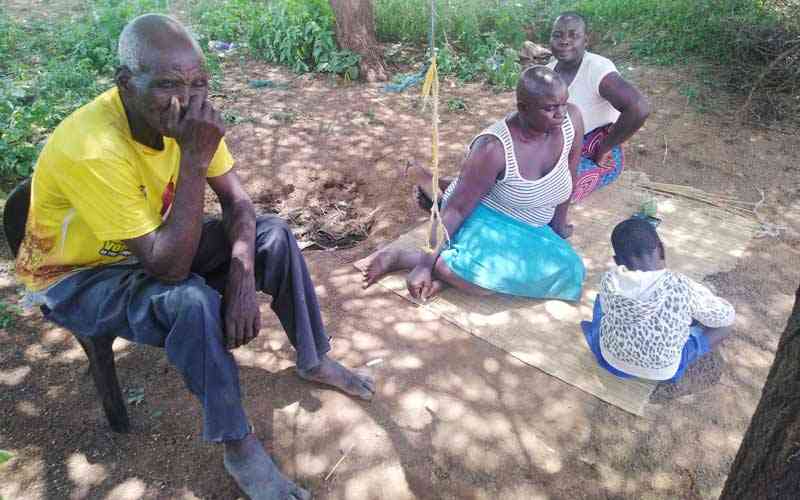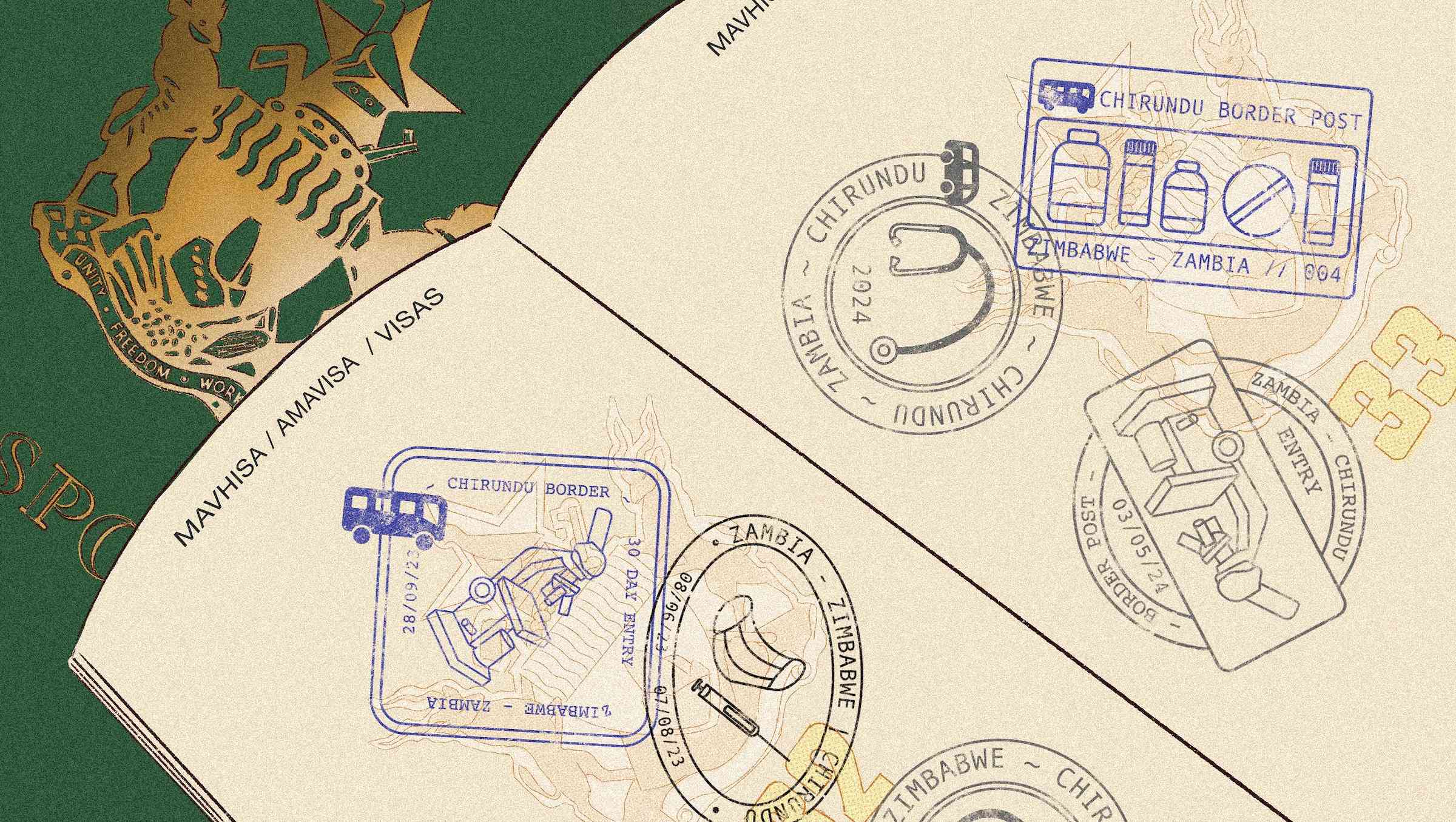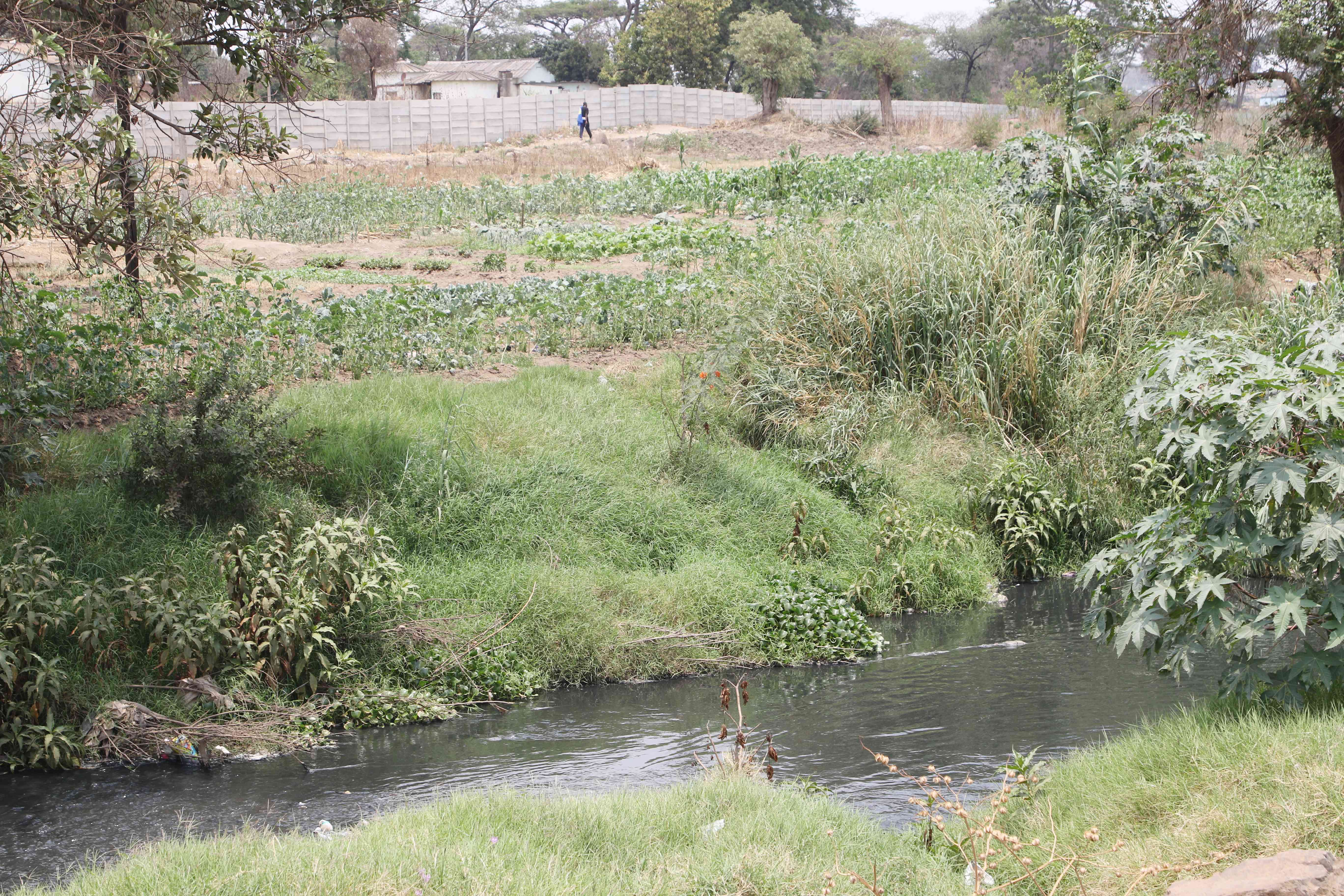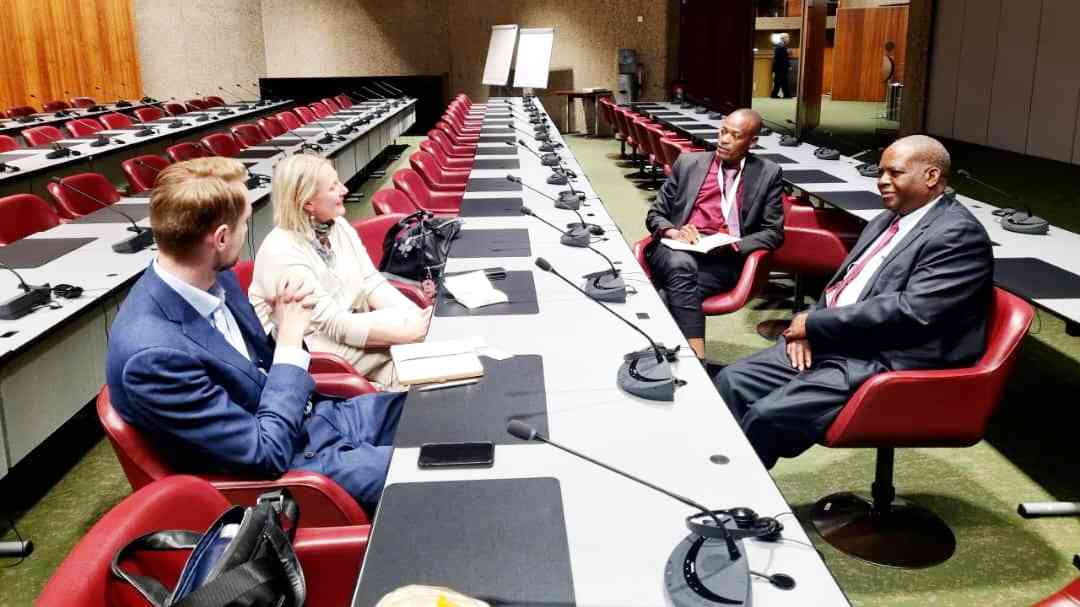
Dubani Moyo is old and frail, which makes it difficult for him to fend for his family.
His situation is exacerbated by the fact that his wife has been ill for close to a year.
Their daughters, who raised their hopes when they made the “Great Trek” to South Africa four years ago, are yet to return home or send money to the family.
Moyo, of Mharadze village in Ward 8 Mwenezi, has seen his livestock dwindle as he tries to feed his family.
As for the crops in the fields, unpredictable weather patterns as a result of climate change have been unrelenting leaving Moyo, who looks after eight grandchildren, in a tight corner.
“We leave all this in the hands of the Lord,” Moyo said.
“There is nothing to talk about in the fields because the crops are a complete write off.”
Mwenezi — one of the marginalised communities in Zimbabwe — is already facing a food crisis, villagers said.
- COP26 a washout? Don’t lose hope – here’s why
- Out & about: Bright sheds light on Vic Falls Carnival
- COP26 a washout? Don’t lose hope – here’s why
- Out & about: Bright sheds light on Vic Falls Carnival
Keep Reading
Successive crop failures and poor harvests due to climate change in this part of the country have taken a toll on agricultural production.
A flagship publication of the United Nations Department of Economic and Social Affairs titled World Social Report 2021 says a large group of more than three billion people in rural areas of developing countries depends on agriculture for their livelihoods.
The report says such people in rural areas live on less than US$2 a day and extreme droughts and floods driven by climate change pose increasing threat to their lives as in Moyo's case.
“I was registered for food aid under the Social Welfare Department [now Social Service Department] and we last got our allocation on December 24 last year,” Moyo said.
“What we were given did not last and we are back to square one.”
Moyo had pinned his hopes on his two daughters who went to South Africa four years ago.
“When our daughters went to South Africa, we hoped they would chip in and rescue us because they understand the situation here at home,” said Moyo’s wife Elisa Safarewo.
“First to cross into South Africa was the husband to one of our daughters and they followed later, leaving us to take care of their four children.”
Safarewo said she is burdened as she looks after eight grandchildren including those of her “errant” children in South Africa.
As such, they are among thousands of families in Mwenezi who face serious food shortages, which, if not urgently addressed, could lead to starvation as some people are already surviving on one meal a day.
“It hardly rains here in Mwenezi and crops do not do well,” said Safarewo.
“Our situation has been worsened by this unpredictable weather as a result of climate change.
“We even tried to adapt and grow small grain crops like sorghum and millet, but they are also succumbing to these hot conditions.”
Safarewo said they emptied the cattle pens; selling beasts, at times at giveaway prices, in order to buy food.
“As you can see, the old man is frail and weak,” she said.
“We turned to our livestock, selling all the cattle and goats to sustain the family.
“We are left with nothing, except for a few hens.”
According to the World Food Programme, an estimated 30% of the country’s population are set to be affected by drought, with communities in the southern parts of the country, with Mwenezi being the most hit.
While the northern parts of the country have of late received heavy downpours, thanks to Cyclone Chengeto, it hasn’t been the same for Mwenezi and other areas in the southern parts of the country.
However, villagers in this part of the country won’t give up as they are replanting.
“We have been trying to replant, hoping the late rains could do the trick,” said 34-year-old Pauline Chauke of Chimbudzi village in Ward 5.
“At some point we harvested a few bags of sorghum, but this time around we are expecting nothing.
“It’s a complete write-off.”
Chauke said her husband sustains the family through piece jobs.
“My husband is not employed, but he fends for the family through piece jobs and sometimes, I join him,” she said.
“Our two children are in school and I am expecting the third one.”
Solomon Sithole, who is Headman Chihlahla under Chief Neshuro, concurred that climate change had taken a toll on communities in Mwenezi.
“We got late rains, but the crops had already suffered from moisture stress,” he said.
“We are trying to replant, but we are not sure if we are going to make it.
“Even the small grains have wilted.
“In the past, our elders would plant with late rains — what they would call mutokoti — and this crop would strategically feed families.”
Headman Chihlahla said the panacea lies in the setting up of irrigation schemes in the area.
“It’s known that we are living in arid areas and we appeal to the government and its development partners to invest in irrigation schemes,” he said.
“In our case, we can have canals that bring water from Manyuchi Dam, which is 30km away.
“Our only hope is greening this community through water drawn from Manyuchi Dam.”
According to the Meteorological Services Department (MSD), the country has received accumulated rainfall representing at least 75% of the long term average.
In terms of rainfall amounts, most of the country received cumulative rainfall of above 300mm with the exception of Masvingo, Matabeleland South and southern of Midlands province.
The traditional leader said apart from irrigation schemes, they were appealing for government and its development partners to create sustainable projects for communities.
“We appeal for projects that keep youths occupied,” he said.
“If we can have fish farming and gardening projects, we can mitigate the effects of climate change.”
Ward 5 councillor Tinashe Yingi conceded that hunger was taking a toll on communities.
“Our communities are grappling with hunger and as you can see the fields have nothing,” Yingi said.
“Droughts are perennial and we are now pushing for sustainable projects in our communities to mitigate these changing climate conditions.
“Mwenezi is a dry area, but as a community we have to come up with a solution.
“We can have water-harvesting projects and irrigation schemes.”
Yingi paid tribute to the government and organisations such as the Zimbabwe Red Cross Society (ZRCS) that are chipping in with food aid.
“We thank the government through the Department of Social Welfare as well as Red Cross that are helping feed vulnerable people in our area,” he said.
“We have seen people getting maize from the Department of Social Welfare while Red Cross is giving out cash to vulnerable families.”
ZRCS with the support from the International Federation of Red Cross and Red Crescent Societies (IFRC) is catering for the humanitarian needs of 4 250 people with food and health interventions in three wards in Mwenezi.
“The response is multifaceted and covers food security and livelihoods under which the direct cash assistance through a money transfer agency,” said ZRCS secretary-general Elias Hwenga.
He said the other components include water, sanitation and hygiene as well as health and nutrition, which ensure that the immediate risks of the health of affected populations are reduced.
“Most people were affected by hunger, but for now we are targeting 850 families here in Mwenezi,” Hwenga said.
“We are hopeful that as we continue to mobilise more resources, the number of beneficiaries would be increased so that many can also benefit.”
Natural resources governance and climate change expert Tapuwa O’bren Nhachi said communities such as Mwenezi were not ready to face the impact of climate change.
“Looking ahead, the region is expected to become hotter and drier with climate change — a trend that will increase the likelihood of even more extreme droughts,” Nhachi said.
“Despite the severity of past droughts and the likelihood of future droughts, Zimbabwe like many countries does not have an objective forecast-based early warning and response mechanism to enable communities to identify the onset of drought and prepare if need be.
“The focus is often on crisis management and humanitarian interventions after and during the event, rather than on long-term resilience at the household and community level before the drought.
“So options and alternatives are limited.”
Nhachi said investing in irrigation was part of the solution, but was not holistic.
“The government needs to invest in initiatives to actively quantify the risk of drought and provide timely response strategies based on institutional activities vulnerability and impact assessment, monitoring and early warning systems and mitigation, preparedness and response,” he said.
Moyo is keeping his fingers crossed hoping that his daughters in South Africa will one day come to the family’s rescue.
“If these girls don’t remember us here, we will all die of hunger,” he said.
“We just pray that one day, if they are still alive, they will come back home.”










